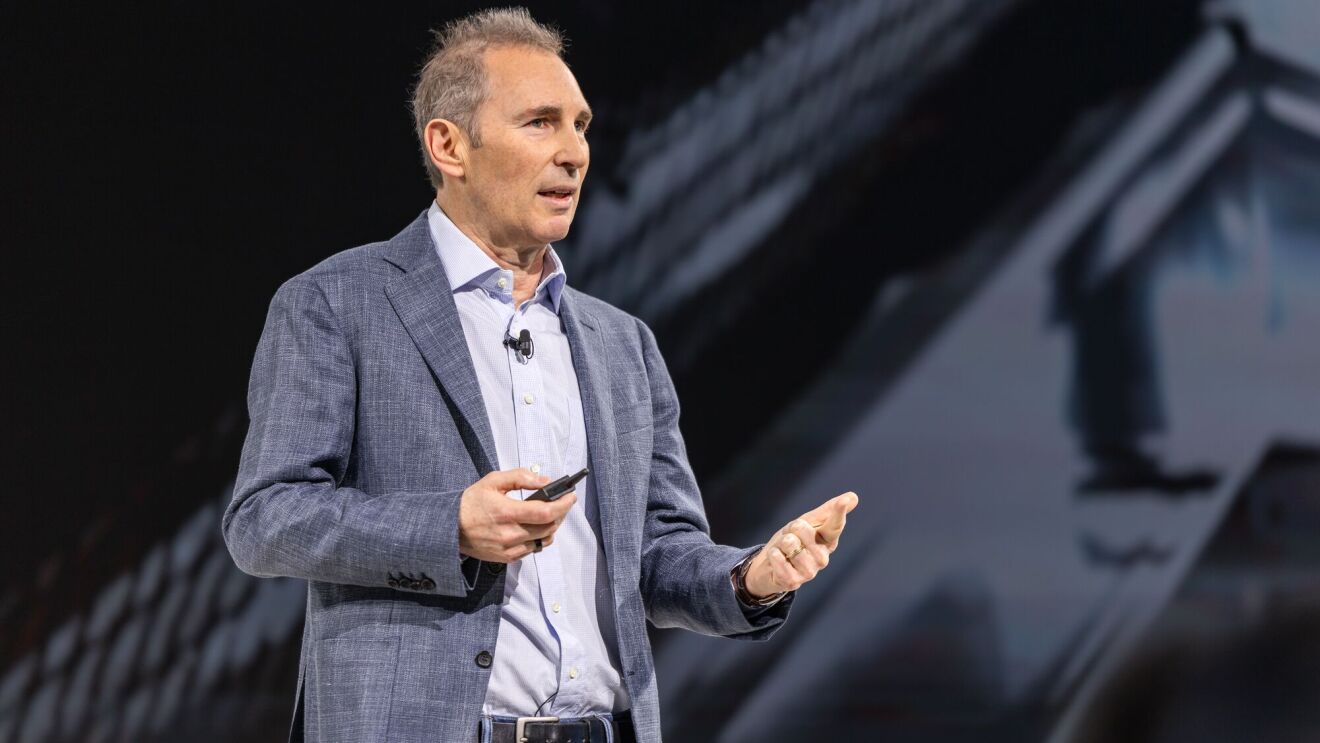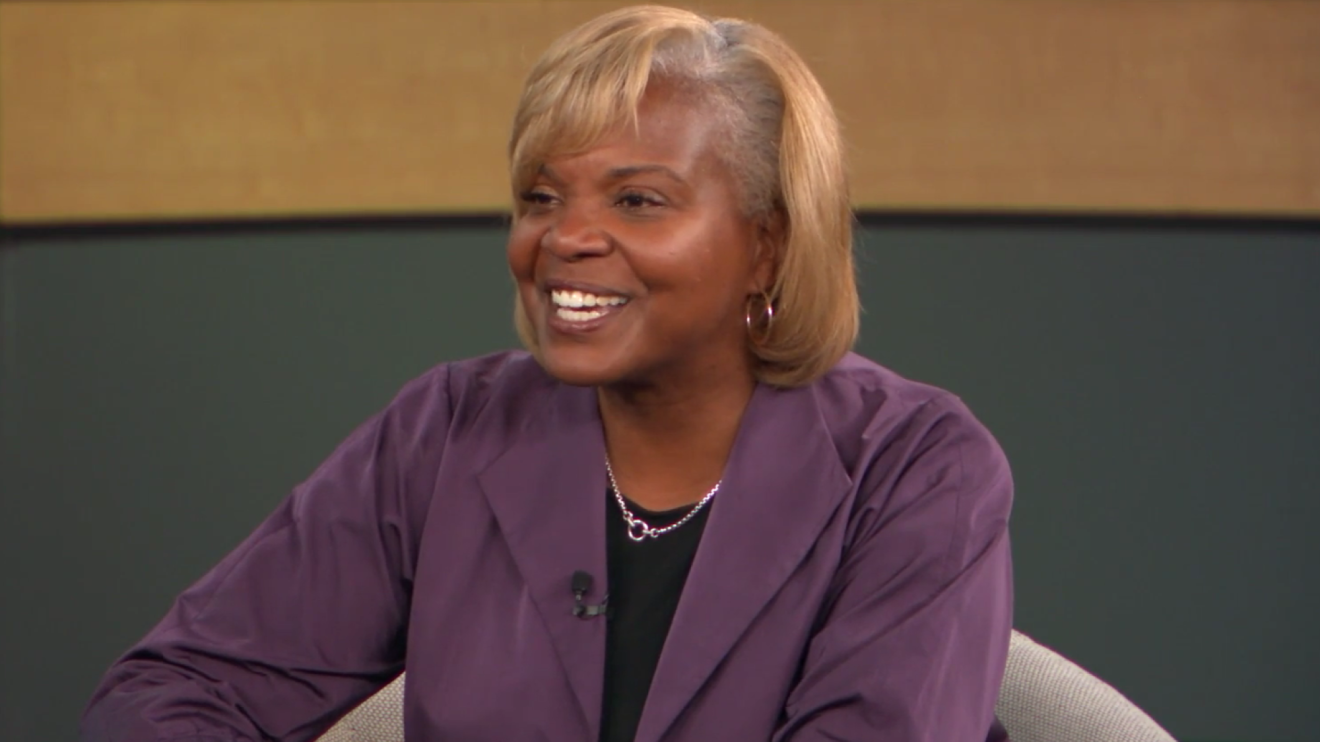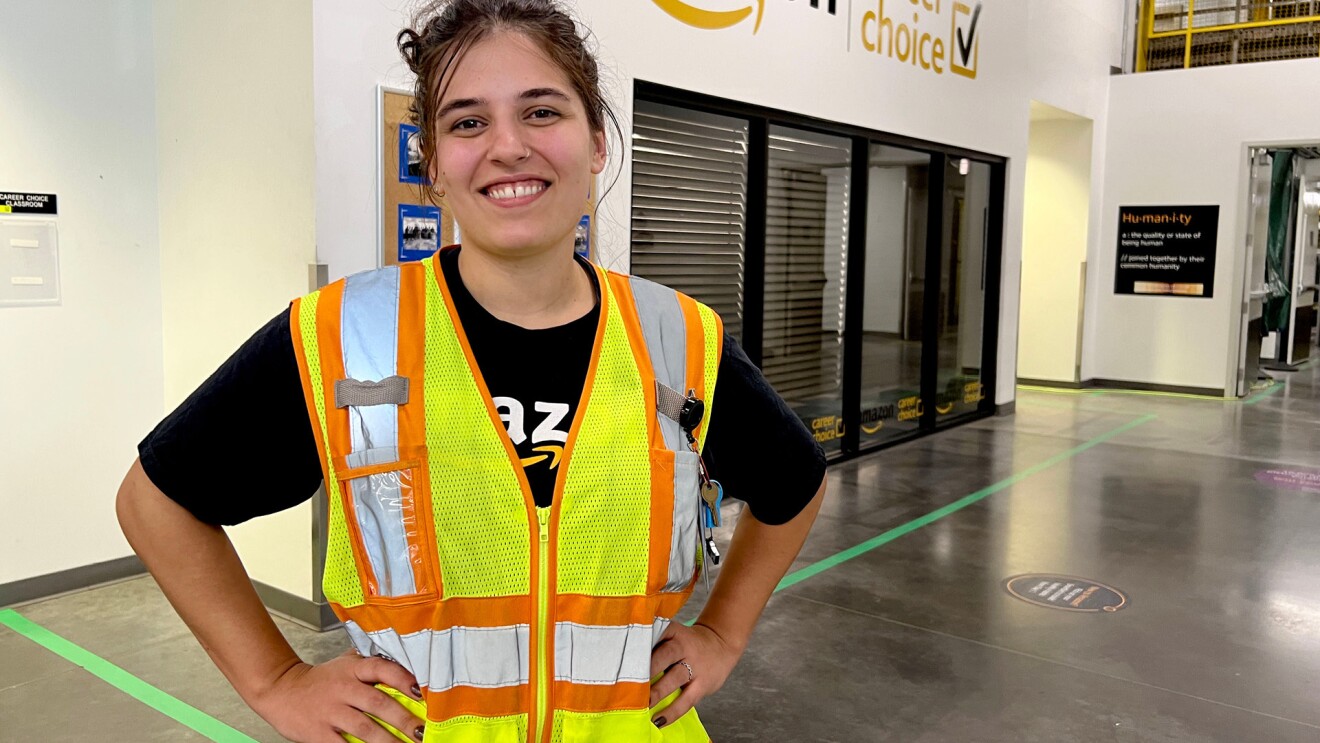Page overview
Dismissing the recruiter’s advice and wearing a suit
“During my preparation call my recruiter said, ‘Amazon is a casual and come-as-you-are company’ and suggested I wear what made me feel comfortable and confident," said Anna Duong, manager of Americas Stores Tech Talent Acquisition. "I don't know why I didn't take their advice because instead, I decided to go for a full pantsuit, which resulted in me feeling neither comfortable or confident. If I'd do it differently, I'd wear anything but the pantsuit and opt to take the advice to heart."
While traditional interview attire may be an expectation and norm at other organizations, this is not the case at Amazon. We embrace a “smart casual” look and encourage you to be comfortable, in most of our corporate offices people wear everyday clothes. We're interested in what you have to say, not what you’re wearing. As recruiters, we're here to help you and want to set you up for success throughout your journey so that you have a positive candidate experience. If you have a question about attire, or anything else just ask us so we can best support you.
When we say we value data, we mean it. A candidate’s inability to provide enough data can be the difference in getting an inclined offer versus not.
I’m slightly embarrassed to admit this, but I have actually interviewed at Amazon twice. During my first interview experience, I essentially had to go back for a supplemental interview to provide more context for my professional experience in how to interpret and prioritize data. Ultimately, I ended up not getting that particular role. Over a year later, I interviewed again and made sure to dive deep into the data in all of my responses and fortunately, ended up being successful the second time around.
It’s important to paint the picture of what you have accomplished in a clear and measurable way. The qualitative impact you made in your previous role is hard to translate on a resume, but math and numbers are a universal language so focus on the data during your interview.
“If I had to do it all over again, I’d make sure my responses were clear and concise,” said Anika Goel, recruiting business partner of Amazon Operations. Rambling is a pretty common mistake candidates can make during an interview. We know it’s more a reflection of nervousness than their inability to properly organize their thoughts.
For our interviews, we recommend candidates format their responses using the STAR (situation, task, action, and result) method to answer behavioral-based interview questions, incorporating examples representative of Amazon’s Leadership Principles. We value direct communication and we use the STAR method as a framework for clear answers.
It’s okay to ask questions and we actually encourage you to do so during each step of the interview process.
“I was so nervous that I didn't even think to ask questions about the interviewers themselves, the role they played in the whole operation, or how I'd potentially be partnering with them as an employee,” said Anna Duong, manager of Americas Stores Tech Talent Acquisition. “It would have been a great opportunity to make those early connections and to see how I could build on top of them more after joining.”
During your interview process, you will meet with two to seven Amazon employees. They will likely be a mix of managers, team members, stakeholders from related teams, and a “Bar Raiser" (usually an objective third party from another team), and each will have different experiences and perspectives. Take the opportunity to ask them two to three questions that are important to you. Asking questions helps you gather necessary information, shows your interest and gives your interviewer a glimpse into how you think and what you’re passionate about. Conversations with your interview team are limited after your interview to prevent bias so asking questions during your interview is your best opportunity to get your questions answered directly and quickly.
Candidates who interview for a corporate position will have at least four interviewers, and each of them will ask you a different set of questions. A common mistake we see is that candidates will repeat the same examples for each interviewer which results in a limited view into your strengths and experience. We encourage you to see interviews as a way to provide data points about yourself, and the more data points the better. As a candidate you are being evaluated on your ability to demonstrate Amazon Leadership Principles based on your past and current professional experiences; we believe the best indicator of your future behavior is past behavior. Given that, if you are being evaluated on Customer Obsession, one of our Leadership Principles, it’s more compelling if you provide six different examples that provide different vantage points into how you prioritize and deliver customer obsession in your day-to-day work, versus only one because that gives us a limited view.
"During my interview, I made the mistake of focusing on ‘we’ instead of ‘I’ which resulted in confusion of ownership," said Goel. "When telling your story, it’s important that you clearly identify what your responsibilities were and the actions you took to drive a particular outcome. This will avoid confusion on ownership." Before you get to your interview, look at the job description for the role you’re applying to and identify the unique skills you could bring to the role, then use data to highlight those skills during your interview. Be ready to describe the specific steps you took and how you contributed. Let us know what you actually did.
We often encourage candidates to have a quick reference sheet, often called a “cheat sheet” that they can leverage throughout their interview that highlights the data for the different professional examples they plan to discuss. However, more often than not, candidates do not create one, which results in them forgetting key examples or completely disregarding the necessary data. We want you to know we are evaluating you for how you are able to contribute to a role and not on your ability to remember concise details and figures from the past 10+ years of your professional career.
Trending news and stories
- Amazon unveils 7 new robots powering faster, safer deliveries: Go inside our most innovative delivery station yet
- Introducing Vulcan: Amazon's first robot with a sense of touch
- This new AI tech will make sorting packages easier for Amazon's delivery station employees
- How Amazon helps data center communities thrive














